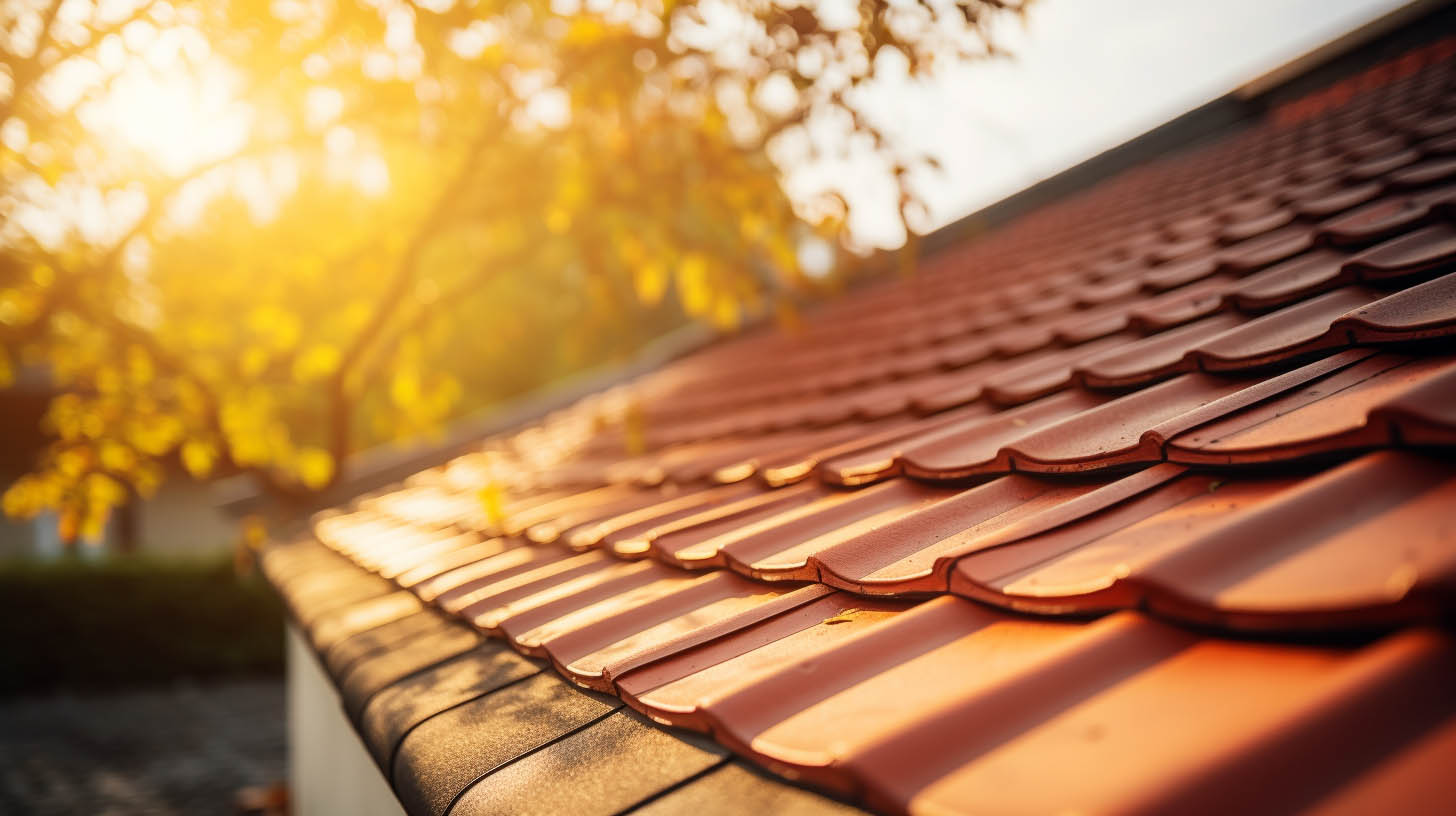
Assessing Your Roof’s Age
Understanding the age of your roof is crucial for maintaining the integrity and safety of your home. A well-maintained roof not only ensures protection from the elements but also enhances the overall value of your property. In this detailed guide, we’ll explore various methods to accurately determine the age of your roof, ensuring that homeowners are well-equipped to make informed decisions about roof maintenance, repairs, or replacements.
Consult Previous Homeowners or Neighbors
One of the simplest ways to estimate the age of your roof is by reaching out to previous homeowners. They might have records or recollections of when the roof was last replaced or repaired. Additionally, long-term neighbors can be a valuable resource, as they may remember when roofing work was done on your home.
Review Building Permits and Home Improvement Records
Most roofing projects require permits from the local city or county. These permits are public records and can be accessed through the local building department. They typically include the date when the roof was installed or replaced, offering a clear indication of its age.
Professional Roof Inspection
A professional roof inspection is one of the most reliable methods to determine the age of your roof. Experienced roofing companies, like MaxForce Roofing and Siding LLC in Columbus, OH, can provide a thorough inspection. They assess various factors such as the condition of roofing materials, presence of leaks or water damage, and overall structural integrity. This inspection not only reveals the age of the roof but also identifies any immediate repair or maintenance needs.
Examine Roofing Material Wear and Tear
Different roofing materials have varying lifespans and wear patterns. For instance, asphalt shingles typically last 20-30 years, while metal roofs can last 40-70 years. By examining the condition of the shingles or other roofing materials, such as curling, cracking, or loss of granules, homeowners can estimate the age and remaining lifespan of their roof.
Check Attic Conditions
Inspecting your attic can provide insights into the age and condition of your roof. Look for signs of water damage, daylight coming through roof boards, or sagging areas. These indicators can help determine if your roof is nearing the end of its lifespan.
Analyze Previous Home Inspections
If you had a home inspection done when purchasing your property, refer back to that report. Home inspectors often include information about the roof’s condition and may provide an estimated age based on their assessment.
Conclusion
Determining the age of your roof is essential for proper maintenance and timely replacement. By utilizing these methods, homeowners can gain a comprehensive understanding of their roof’s condition and plan accordingly for any necessary repairs or replacements. Regular roof inspections and maintenance are key to extending the lifespan of your roof and ensuring the safety and security of your home.

